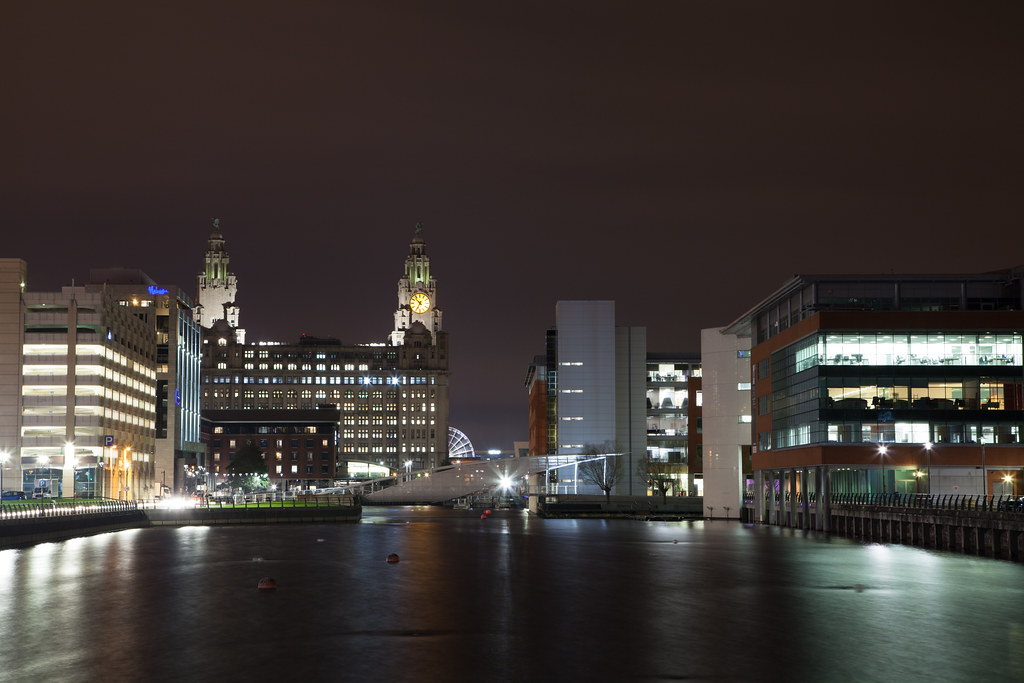Native ISO on the 5dii is 100 guys, which when exposed to the right will give you the best image quality.
The caveat to that is when you are not working on a tripod, or need to freeze action and your shutter speed drops unacceptably low or your aperture has to be opened too wide for what you want. In those situations if you start getting camera shake, motion blur or insufficient depth of field then up your ISO. Also, because of the way canon sensors work if the choice is an underexposed image at a lower ISO or a correctly ETTR file at higher ISO then go for the higher ISO. This has been called ETTR and ITTR on the net!
For me the limit of these sensors, or where they actually start becoming invariant is ISO1600. Arguably the worst thing about the 5dii files is banding and pattern noise at lower ISO. If you try any Astro work with it in really low light you will notice the random noise overcomes the pattern noise at ISO1600. So there is more of it but is is nicer!
The track you are correctly on
@MatBin is the way canon sensors work with 1/3rd stop ISO increments. ISO 125, 250, 500 etc. are digitally pushed 1/3rd stop ISO 100, 200, 400 files so look worse. Conversely ISO 160, 320 and 640 are digitally pulled ISO 200, 400 and 800 files by 1/3rd of a stop so have less noise. This is no different however to shooting at full ISO stops and pushing or pulling them by a third of a stop in your raw converter. Avoid 125 increments if you're bothered by this.
Regarding the photo settings
@AlexStirrup I personally would have used f8 for this scene but regularly use f11 where it is required. ISO 100 is also fine. What I may have done differently is taken it at a different time. The real trick with blue hour/night images is to set up early and shoot regularly as the ambient light levels drop and the artificial light strength appears to increase. Then on your computer you can decide which image was taken at the optimum moment to give the best night time feel, meaning good contrast and artificial lights showing well, but with enough ambient light to allow shadow exposure and keep the dynamic range manageable.


